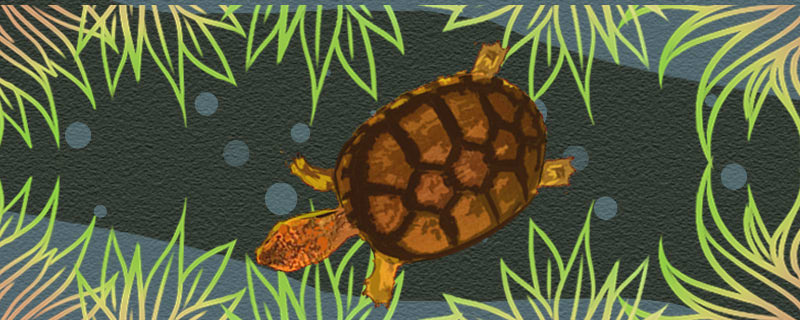
Most species of turtles can naturally enter a state of hibernation in winter, and so can the striped mud turtle. Wild striped mud turtles generally begin to show reduced appetite and reduced activity when the temperature naturally drops in winter. However, not all striped mud turtles hibernate during the winter. If the living environment of wild striped mud turtles is still relatively high in winter, they will not be able to hibernate.
Furthermore, it is the breed of artificial breeding. Like wild species, they can hibernate or not. Whether they hibernate depends on whether the water temperature around them is suitable. If the water temperature is still high, they will not hibernate; If the water temperature drops to a certain range, the striped mud turtle will hibernate. Therefore, in winter, the water temperature can be adjusted at any time for maintenance, heating and feeding, so that they do not enter a hibernation state.
Wild striped mud turtles may hibernate naturally during the winter. However, the time when striped mud turtles begin and end their hibernation is different in different regions, which is closely related to the local climate conditions. If the local winter cools down earlier, then they begin to hibernate earlier, and the overall hibernation time is longer. If the temperature drops later in winter, they will start hibernating later. Specifically, they generally enter hibernation around the end of October and end hibernation in March or April.
However, the striped mud turtles in captivity are different, and their hibernation time is related to water temperature. The water temperature can be adjusted at any time, which is relatively convenient.